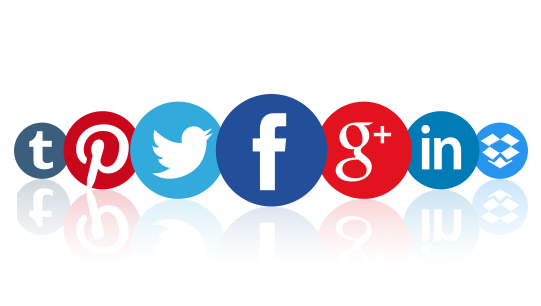
So, you want to use social media platforms to promote your business, but you don’t know where to start. Let us guide you on your way into the world of major outlets.
The first thing to keep in mind is that not one is inherently better than others for everyone. You must make your choice based on your company’s brand, needs, and your ability to engage.
What: Facebook has the business of paid advertising down and though they keep tweaking it, it’s fairly straightforward and easy to use. You can promote a post or create an ad for as little as $5 and they provide helpful tips for how and why to spend more money. Whether you choose to pay for content promotion or not, Facebook is a good place for regular updates about your company.
How: First, you’ll need to create a business page with a logo, inviting visuals and a few posts that give updates about the company. Start accumulating a fan base by inviting your friends to “like” the page. From there, think about paid social options to expand your likes.
Why: Facebook can be good for a local community, a company looking to attract an older audience and anyone interested in getting their foot in the door.
What: Twitter is the place to chime in on whatever conversation your audience is already having. If you’re feeling ambitious, you can even start your own conversation (or hash tag). However, breaking in isn’t as easy as you might think. Paid social is an option on Twitter and works similarly to Facebook, but if you find the right Twitter community and grow your following through consistent content, building an unpaid audience shouldn’t be a problem.
How: You must first decide what your “Twitter personality” is going to be. Are you going to be funny? Informative? Conversational? Figure out your brand personality for engagement, and then set a Twitter schedule. For example, decide every Thursday to do a #throwbackThursday tweet, where you recall memories or photos of memorable events in the past. Ask a question on Wednesdays and wait for answers. Be funny on Fridays and tweet at users who engage. Last thing… always, always, always use a hash tag.
Why: Twitter is a must for brands looking to be active with content marketing. It’s also becoming one of the first places people will look online to find your brand if they want to tag you in a compliment or a complaint.
What: Instagram is a place to showcase your best photos and video clips. There’s a real opportunity here to be creative with your photos, using filters and third party apps (such as Layout) to make them pop, as well as long captions and hash tags.
How: Use Instagram for high-end photos (filtered and touched up with apps) or for a behind-the-scenes look at your company (employee spotlights or how-it’s-made clips), but regardless, it’s a good place for storytelling. Use your captions wisely, and remember that a happy account is a followed account.
Why: Instagram is a great place to reach those who are visually inclined. Fitness brands, beauty brands, and lifestyle brands are the top followed accounts on Instagram, other than celebrities
YouTube
What: YouTube is the global TV channel. If you’re at all interested in creating a video, this is the place to go. It’s easy to use, and the YouTube community is rabid. Go viral within 24 hours of your upload. Other video platforms, such as Vimeo, are great for higher end video content, but YouTube is the place to start.
How: Create videos as part of a series. What information do you have to offer in video format, and how can you turn that value into a series of videos? Put together a simple recording setup, invest in lighting, a camera and get started. YouTube is also useful for personal companies, such as therapists or personal trainers, in the form of vlogging (video blogging). Keep it short, keep it simple.
Why: More people are watching video content than ever before, across all devices and platforms. Sign up for a YouTube channel, post the video on Facebook, Twitter and Instagram. It’s that easy!
